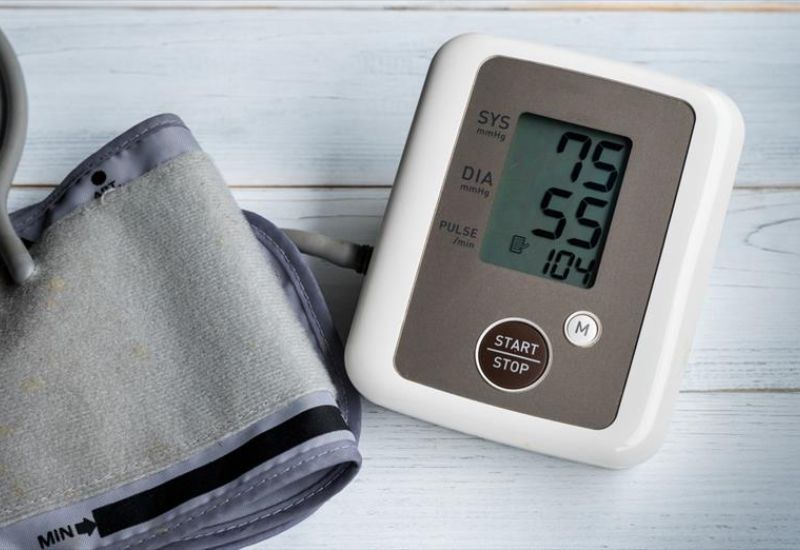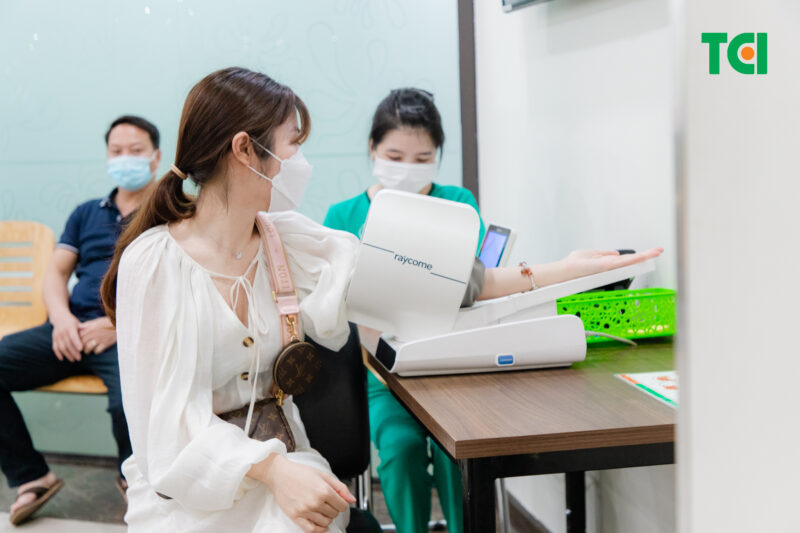Low blood pressure, or hypotension, is a condition that often affects individuals with heart diseases or the elderly. While many people are vigilant about preventing high blood pressure, they might overlook that low blood pressure is more common and can lead to severe complications. To understand what low blood pressure is and how to prevent it, let’s delve into the following discussion.
1. What is Low Blood Pressure?
Blood pressure is the force exerted by circulating blood on the walls of blood vessels as the heart pumps. When measuring blood pressure, two values are obtained:
– Diastolic pressure (the lower number) when the heart is at rest.
– Systolic pressure (the upper number) when the heart contracts.
A person is diagnosed with low blood pressure when the diastolic pressure is less than 60 mmHg and/or the systolic pressure is less than 90 mmHg. Contrary to the common belief that only high blood pressure causes serious health issues, low blood pressure can significantly affect your quality of life and lead to unexpected complications.

Hypotension is a reading of less than 90/60mmHg.
2. Common Symptoms of Low Blood Pressure
Some common signs experienced by patients with low blood pressure include:
– Mood swings
– Shaky hands and feet
– Pale face
– Excessive sweating
– Blurred vision
– Dizziness
– Headache
– Fatigue
– Frequent hunger
If you notice these symptoms, it’s crucial to seek medical attention promptly for accurate diagnosis and management.

Symptoms of low blood pressure include dizziness, fatigue, blurry vision, and fainting.
3. Causes of Low Blood Pressure
3.1. Anemia
Insufficient blood and oxygen supply can lead to the deterioration and death of body tissues, causing unstable blood pressure.
3.2. Dehydration
Water intake increases blood volume. Inadequate hydration can reduce blood pressure by decreasing the blood volume.
3.3. Atherosclerosis
Plaque buildup in the arteries can hinder blood flow, causing insufficient blood supply to the heart and other organs, leading to irregular blood pressure.
3.4. Weak Heart Muscle
A weak heart muscle struggles to pump blood effectively, leading to a drop in blood pressure.
3.5. Abnormal Heart Rhythm
An irregular heartbeat can prevent the ventricles from filling with enough blood, reducing the amount of blood pumped out, despite a rapid heart rate.
3.6. Nutritional Deficiencies
Lack of essential nutrients can reduce both the quantity and quality of blood, leading to sudden drops in blood pressure.
3.7. Pregnancy
During pregnancy, especially in the second trimester, the hormone progesterone can dilate blood vessels, potentially causing a drop in blood pressure.
4. How to Manage Low Blood Pressure
When experiencing a drop in blood pressure, follow these steps:
– Have the patient rest in a cool place with their head low and legs elevated to increase blood flow to the brain.
– Check blood pressure with specialized equipment to determine the condition and take appropriate action.
– Have the patient drink about 450 ml of water. Ginger tea, salt water, or strong tea can also help.
– Massage the soft part of the fingertips on both temples for about 30-50 times with increasing pressure.
– Stroke from the forehead to the temples about 30 times.

Regular health check-ups help detect and manage hypotension early, preventing complications.
5. Nutritional Recommendations for Low Blood Pressure
A proper diet can strengthen the body and prevent many illnesses, including hypotension. Consider these dietary tips:
– Increase salt intake: Eating saltier than usual helps raise blood pressure. The recommended daily amount is about 10-15 grams.
– Ensure balanced nutrition in meals, including protein-rich foods like chicken breast, fish, shrimp, crab, nuts, and fruits like apples and grapes.
– Drink plenty of water, hot ginger tea, ginseng, strong tea, and coffee.
– Eat small, frequent meals and limit starchy foods like potatoes, rice, pasta, and bread.
Regular light exercise such as walking, meditation, and yoga can also help improve blood pressure.
6. Common Complications
Although hypotension generally doesn’t cause emergency complications like high blood pressure, prolonged hypotension can affect the body significantly:
6.1. Nervous System Impairment
Insufficient blood supply can weaken the nervous system, affecting nutrient delivery to organs like the kidneys, liver, heart, and lungs.
6.2. Memory Decline
Chronic low blood pressure can lead to prolonged blood deprivation, increasing the risk of dementia, particularly Alzheimer’s disease.
6.3. Sudden Fainting
Extremely hypotension can cause rapid heartbeats, dizziness, and fainting due to a sudden lack of oxygen in the brain, leading to potentially dangerous accidents.
6.4. Hearing Loss
Damage to the cochlea from hypotension can result in hearing impairment or even deafness.
6.5. Stroke
Chronic low blood pressure can cause cerebral infarction. Studies show that 30% of stroke patients and 25% of myocardial infarction patients have hypotension as a contributing factor.
7. Treating Low Blood Pressure
Although many people suffer from this condition, only a few receive timely and appropriate treatment. Early detection of hypotension symptoms is crucial for effective treatment and complication prevention. Regular health check-ups at specialized medical facilities can help diagnose and manage the condition.
Treatment depends on the severity of the condition. If symptoms are mild or absent, no treatment might be necessary. If symptoms are pronounced, the treatment approach will focus on the underlying cause. Doctors often address causes like dehydration, heart failure, diabetes, or thyroid dysfunction. If medication-induced hypotension is identified, adjusting or discontinuing the medication may be necessary.
Understanding low blood pressure is vital for its effective management. Early diagnosis and timely treatment can make this condition manageable, preventing serious health risks. Regular check-ups and being vigilant about symptoms can help in identifying the exact cause and appropriate treatment plan.








